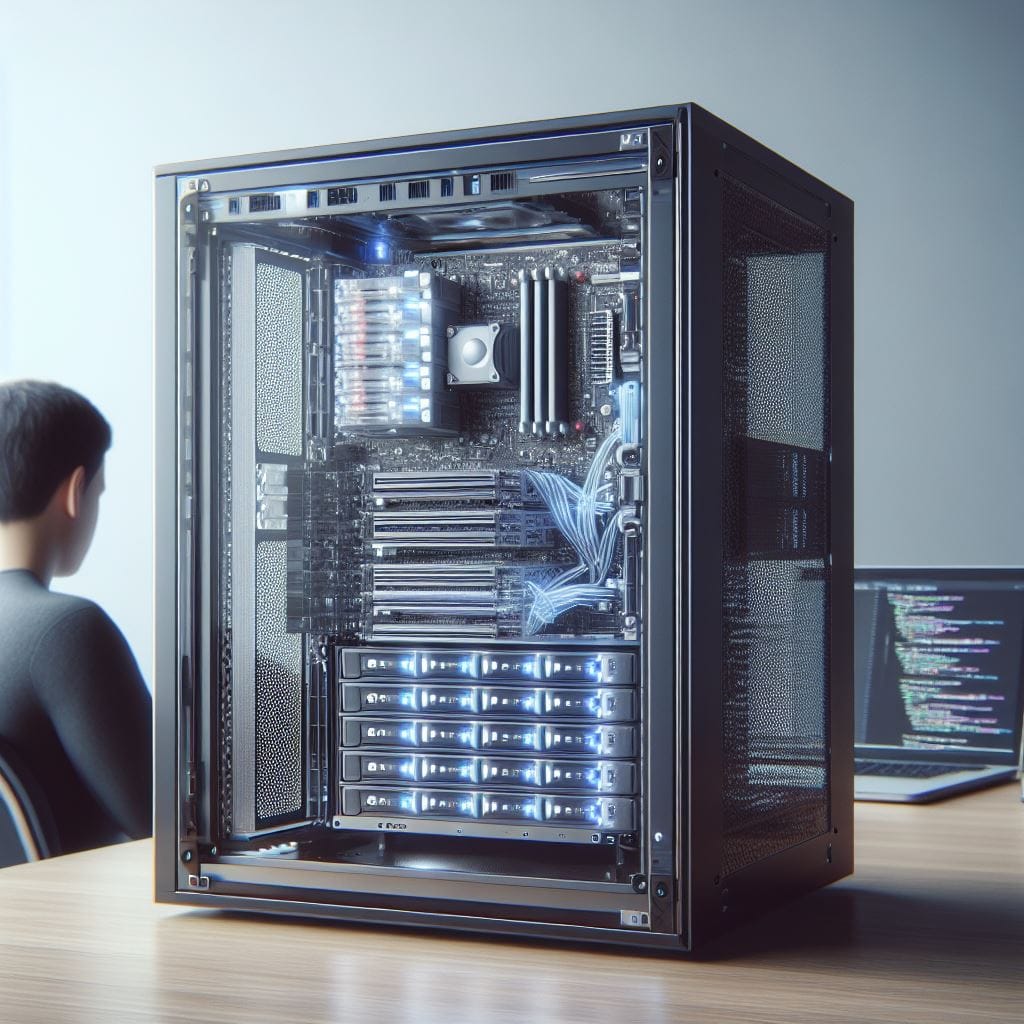Understanding the Benefits of Bare Metal vs Virtual Desktop Infrastructure (VDI) for Dedicated Servers

Bare Metal and Virtual Desktop Infrastructure (VDI) are two different approaches to managing and deploying desktop environments. Each has its own set of benefits and use cases. Let's break down the advantages of both:
Bare Metal:
- Performance: Bare metal provides dedicated resources to a single user or application. This means there's no virtualization overhead, resulting in higher performance compared to VDI.
- Resource Isolation: With a bare metal setup, the entire server is dedicated to a single user or application. This ensures that resources aren't shared with other users, which can lead to more consistent performance.
- Specialized Workloads: Bare metal is often used for applications that require direct access to physical hardware, like high-performance computing (HPC), rendering, and certain types of databases.
- Security: Because there's no virtualization layer, the attack surface is reduced. This can be critical for applications that require a high level of security.
- Licensing Flexibility: Some software licenses are tied to specific physical hardware. With bare metal, you have more control over the hardware configuration, which can be important for compliance and licensing reasons.
Virtual Desktop Infrastructure (VDI):
- Resource Efficiency: VDI allows for multiple virtual desktops to run on a single physical server. This means you can make more efficient use of your hardware resources compared to running individual dedicated servers.
- Centralized Management: VDI enables centralized management of desktops, making it easier to deploy updates, manage user permissions, and monitor performance.
- Flexibility and Scalability: VDI is more flexible in terms of scaling resources up or down based on demand. Adding or removing virtual desktops is typically easier than provisioning or decommissioning physical servers.
- Isolation and Sandboxing: VDI environments provide a level of isolation between virtual machines, which can be useful for testing environments, development, and scenarios where you want to keep different environments separate.
- Disaster Recovery and Backup: VDI solutions often include features for easy backup and recovery of virtual machines, which can be crucial for business continuity.
Use Cases:
- Bare Metal:
- High-performance computing (HPC) tasks
- Resource-intensive applications
- Real-time applications
- Applications with strict security requirements
- VDI:
- Office environments
- Call centers or customer support setups
- Development and testing environments
- Educational institutions
Conclusion:
The choice between bare metal and VDI depends on your specific use case, budget, and performance requirements. For resource-intensive, specialized applications, or where security and performance are paramount, bare metal may be the better choice. On the other hand, for scenarios that require resource efficiency, centralized management, and scalability, VDI can be a more suitable option. It's also worth considering hybrid approaches that combine both solutions to leverage the strengths of each.



